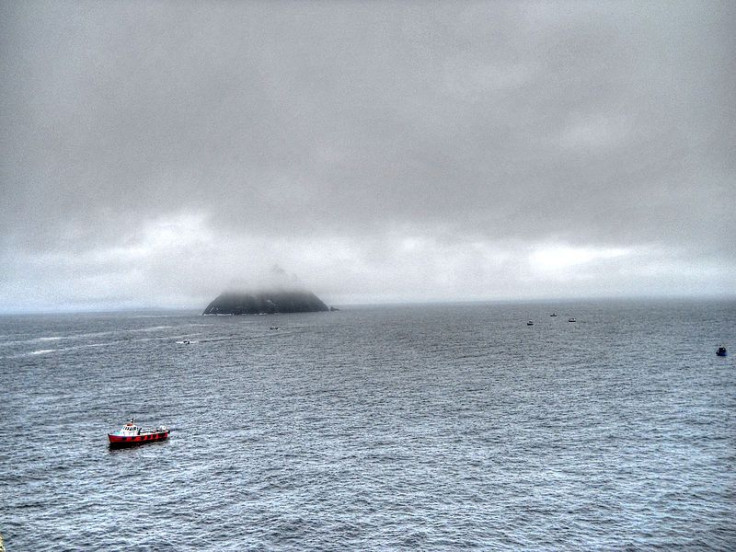US Scientists Discover World's Largest Source Of Methane

Researchers have discovered the source of the seafloor methane that’s emitting millions and millions of tons of this potent greenhouse gas into the world’s oceans.
In the process, the research team from the Woods Hole Oceanographic Institution (WHOI) in Massachusetts also discovered the largest source of “abiotic methane” on the planet.
Their study published in the peer-reviewed journal, PNAS, found this massive methane reservoir between the upper mantle and lower oceanic crust. It also helped to explain the origins of methane deep beneath Earth's surface.
This reservoir might account for more methane than what was in Earth's atmosphere before the onset of the industrial era, according to the study. Its discovery might provide an insight into the hydrothermal vents that might have helped give rise to the Earth’s first life forms.
Abiotic methane is found locked inside rocks and isn’t formed with organic matter. It appears to have formed by reactions between trapped water and olivine.
The latter is a group of rock-forming minerals found in the Earth’s subsurface. Seawater coursing through the deep ocean crust mixes with magma-hot olivine.
When the mineral cools, water is trapped inside. A chemical reaction takes place leading to the formation of hydrogen and methane.
Abiotic methane is known to exist on the seafloor. It is released through deep-sea vents that are geothermally heated fissures on Earth's crust. Over 500 methane spewing vents off the west coast of the U.S. were discovered in 2016 by scientists working with the Ocean Exploration Trust.
The source of seafloor methane has remained a mystery, however.
"Identifying an abiotic source of deep-sea methane has been a problem that we've been wrestling with for many years," according to Jeffrey Seewald, study author and a senior scientist at WHOI.
Lead author Frieder Klein said the team was totally surprised to find this massive pool of abiotic methane in the oceanic crust and mantle. He described the reservoir as a source of chemical energy created by geology.
The study could also shed light on the presence of methane on other worlds in our Solar System. Methane is definitely known to exist on Mars and Saturn's moons, Titan and Enceladus.
Researchers believe methane might be produced in the same way on these other worlds. "Similar processes involving fluid inclusions may occur elsewhere in the solar system, with important implications for the distribution and maintenance of microbial life beyond Earth,” the study said.
Published by Medicaldaily.com



























